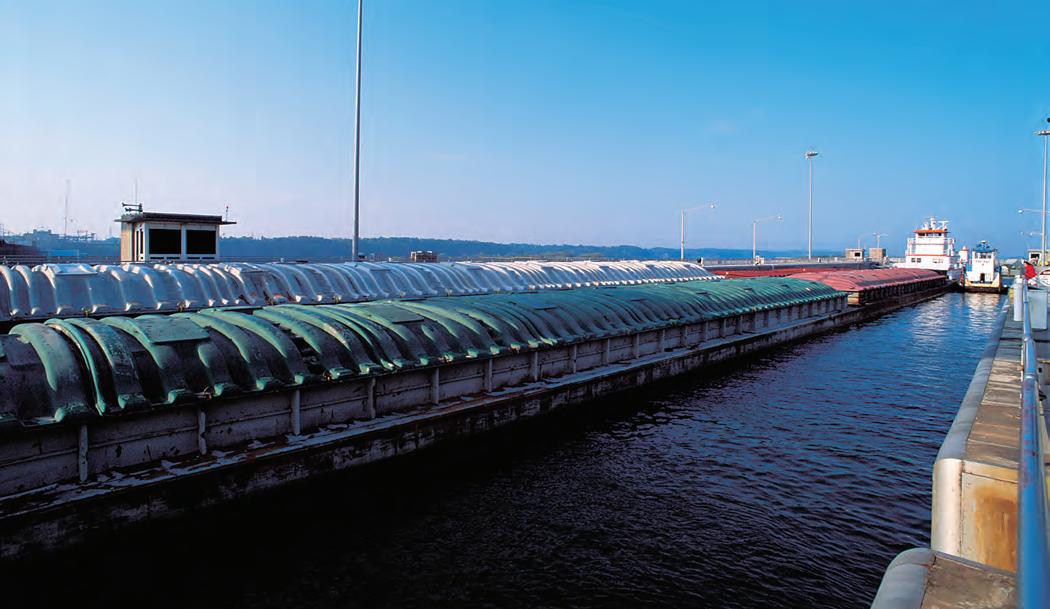
2 minute read
How to sort the many choices in home generators
By Paul Wesslund
If you’re wondering whether to buy a home generator in case of a power outage, you’re not alone. Backup power sources have gotten so popular that manufacturers now offer a wide range of choices.
Options run from pull-start gasoline models costing a few hundred dollars to permanent outdoor installations for several thousand dollars. That variety makes it easier to get exactly what you want, but harder to choose.
A good first step is to think about what you want a home generator to do. Do you just want to keep your phone charged? Do you want to make sure food doesn’t spoil in your refrigerator? Do you want to make sure you have heat and air conditioning through an extended outage? Answering those questions will require you to know the wattage of the appliances you want to run so you know the capacity of the generator you need.
You might also ask if you really need a generator. The average U.S. home is without power about seven hours a year. Is that enough to justify the expense and attention?
Another part of your planning should be contacting your electric co-op to get their expert advice on the best and safest fit for your home.
Here’s what to know about the four basic choices in home generators:
Portable generators are small enough that you might even take them on camping trips. The costs for these can vary—from more than $2,000 to as low as $400. Most should be able to run a refrigerator or a window air conditioner. Special attention to safety is required. They should never be used indoors, not even in a garage. The carbon monoxide they produce can be deadly in minutes. The Consumer Product Safety Commission reports that 85 people die each year from carbon monoxide poisoning caused by gasoline-powered portable generators. Portable generators should be operated more than 20 feet from the house and be connected only with outdoor extension cords matched to the wattage being used. Look for models with a carbon monoxide detector and automatic shutoff.
Appliances should be plugged in to the generator—the generator should never be plugged into an outlet or your home’s electrical system.
You should also spend the money to have an electrician install a transfer switch. That acts as a mini-circuit breaker to protect your appliances and can be an easier way to connect the house to the generator.
Inverter generators are higher-tech versions of standard portable generators. The power they produce changes to match what the appliances are using, so although they are a little more expensive, they use fuel more efficiently and make less noise. The same safety guidelines apply to both inverter and standard portable generators.
Standby generators can cost $7,000, plus installation, but they have the benefit of turning on automatically during a power outage and running your whole house. They’re typically a permanently-mounted outdoor unit that’s connected to your home electrical system and runs on propane or natural gas. It must be installed by a professional electrician.

Power stations, also known as batteries, charge themselves up while the power is on. They’re not as powerful as some of the other options, and can be more expensive, but they’re quiet, easy to operate, and some are designed to look good hanging on the wall. They can cost between $400 and $6,000. One common use of power stations is to pair them with rooftop solar panels so that electricity from the sun can be available even at night.
With the increased intensity of storms and our reliance on electronic devices, power outages can be a bigger concern these days. Technology now gives you many choices for how to react, whether you want to make sure you’re never without power, or you’re willing to just light a candle and wait for the lights to come back on.
Paul Wesslund writes on consumer and cooperative affairs for the National Rural Electric Cooperative Association, the national trade association representing more than 900 local electric cooperatives. From growing suburbs to remote farming communities, electric co-ops serve as engines of economic development for 42 million Americans across 56% of the nation’s landscape.










